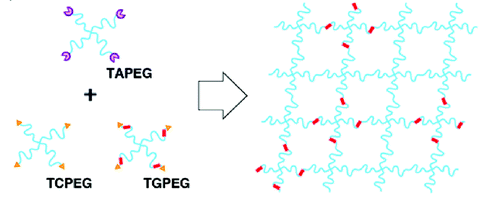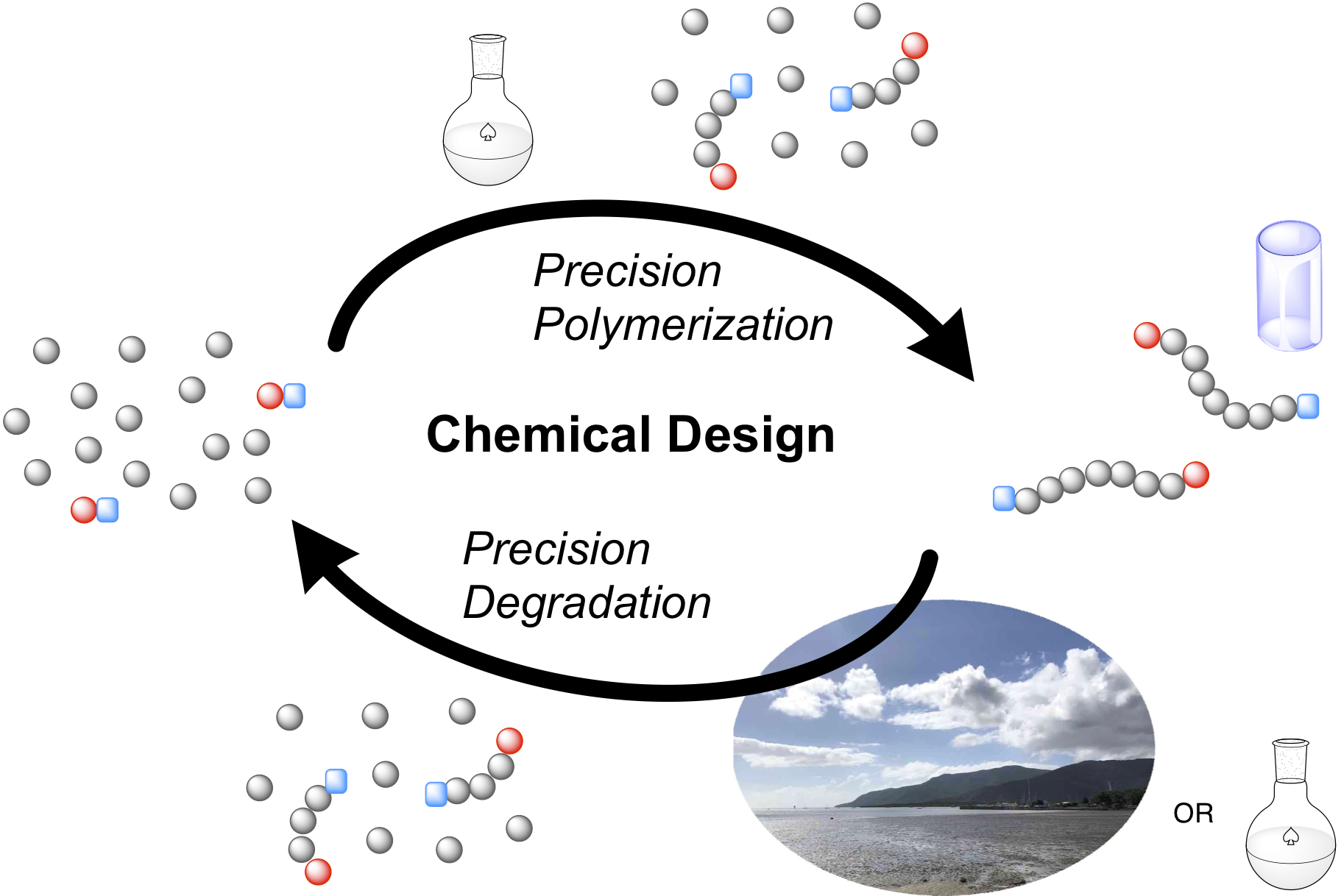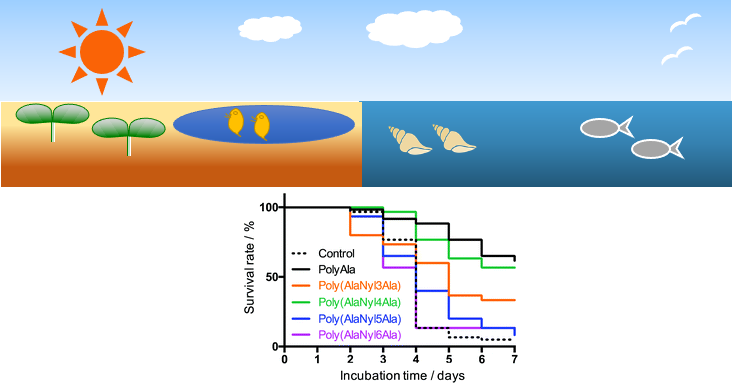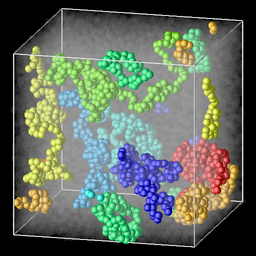Project
Polymer materials such as plastics are used in a wide range of material fields due to their excellent physical properties and processability. So far, various studies have been conducted to improve functionality and physical properties. In addition to general-purpose plastics, engineering plastics and unique polymer materials used for medical purposes have been developed. On the other hand, it has been reported that decomposition of a polymer material during or after use causes severe problem(s) in various usage environments. For example, recent research has revealed that microplastics, which are small pieces of plastic products that are not completely decomposed, have long-term adverse effects on various marine organisms. Besides, it has become apparent in many cases that decomposition products of polymer materials used in the living body cause inflammation. To solve these problems, there are a few successful reports on (1) attempts to manufacture straws from marine-degradable polymers and (2) precise control of changes in mechanical properties during the decomposition process of biomaterials that treat retinal detachment dramatically increase the inflammatory response. These are examples of entirely different polymer materials being used in different environments. However, both have the potential to be used as excellent materials by controlling the decomposition behavior of polymers or changes in mechanical properties during the decomposition process. Such examples are limited in the practical material fields, and it is still difficult to precisely design and predict the decomposition of available polymers based on a systematic understanding. This is partly due to the stagnation of systematic academic research on the decomposition of macromolecules/polymers due to many years of research and development focused on improving the functionality and physical properties of macromolecules.
In this young project, by dividing the decomposition of macromolecules into physical deterioration, chemical decomposition, and biological metabolism, the decomposition mechanism of macromolecules on the hierarchical structure and physical properties of materials was clarified, and degradability was considered. The goal is to present new polymer design guidelines, both domestically and internationally, and to the industry. Considering the wide range of environments in which polymer materials are used, polymer/polymeric material's physical collapse, chemical digestion, and biological degradation/metabolism can occur under conditions of use such as in vivo and the natural environment. We aim to clarify the molecular mechanism that dynamically affects physical properties and functions. Molecular theory, which cannot be approached by experiments, will be clarified by computational science with an appropriate level of coarse-graining based on the information obtained from our project experiments. When this young academic project succeeds, we will establish an academic field to realize polymers/macromolecules that are safe even if leaked to the environment, polymer materials that can be used in vivo for a long period of time with peace of mind, and polymer materials that can be recycled in a closed-loop are decomposed. It is expected to expand into a further large-scale academic field that synthesizes and creates polymers with precisely designed and controlled properties.

In proceeding this young research project, four planned researches and two integrated research subjects will be set up as follows.
A01 Sakai Group:Model Construction of Physical Deterioration/Collapse using a Dilute and Dynamic Polymer System
Although it is a soft matter that can be imparted with various properties, all physical properties are determined by the polymer network structure that is the skeleton. That is, it is considered that the physical properties are determined only by the network shape and the time constant of the transient coupling. Here, we aim to systematically evaluate the material group obtained by controlling the network shape and the time constant of transient coupling and building an academic field for predicting the degradability of soft matter.
 Macromolecules 2011, 44, 9, 3567.
Macromolecules 2011, 44, 9, 3567.A02 Satoh Group: Design of Degradable Polymers by Precision Polymerization and Their Degradation under Various Environments
In this work, we will study novel design of new degradable polymers which can be precisely decomposed by depolymerization. The chemical degradation, which is chemical bond cleavage such as heat, light, oxidation, and hydrolysis, will be triggered from precisely-designed units based on the already-developed principle of precision polymerization. We also study the fundamental aspects of chemical degradation of polymers using model compounds like low molecular weight oligomer and polymers that are precisely synthesized. Therefore, the mechanism of degradation reaction, i.e., how the bond break caused at the molecular level, will be evaluated under various environments.

A03 Numata Group:Precise Analysis of Degradation Products/Molecules and Evaluation of their Impact on the Biological Environments
We will analyze the morphology and structure of decomposition products generated by physical collapse/break-down, chemical decomposition, and biodegradation. We will also clarify the environmental impact on microorganisms, algae, animals, and cells in vivo. From these results, we aim to systematically evaluate the degradation products and intermediates produced in the degradation process and build an academic field to predict the biological effects. Using the effects on living organisms and model environmental organisms, we will clarify the evaluation of organisms and analyze metabolites as necessary.
 Polym.Chem. 2020, 11, 4920.
Polym.Chem. 2020, 11, 4920.A04 Uneyama Group: Polymer Degradation Simulation by Effective Coarse-Graining
We will construct polymer chain scission models corresponding to various decomposition/degradation mechanisms and how the scission of molecular chains affects changes in mesoscale higher-order structures and contributes to changes in physical properties on the macroscale. The results obtained from the simulations are useful not only for the interpretation of various experiments but also for molecular design by feeding back appropriate conditions from the viewpoint of macroscale physical properties.

Platform Project P1:The theory of spatiotemporal effects
The effect of macromolecular degradation depends on its time scale and spatial scale: the degradation rate and degradation product concentration. Even if the decomposition itself has the same molecular mechanism, the effects on the environment and organisms will be significantly different due to the different decomposition rates, but it is expected that the physical properties will not depend on the time axis. Here, we will pursue the theory of spatiotemporal effects of polymer degradation by comparing polymer decomposition under various environmental conditions (ocean, in vivo, etc.).
Platform Project P2:The theory of homogeneity / heterogeneity
When studying the degradation of polymers/macromolecules, the presence or absence of a hierarchical structure of polymers, that is, the heterogeneity in the structure always complicates the degradation behavior. Here, we aim to systematize the difference in degradation behavior, focusing on the homogeneity and heterogeneity of polymer materials. As a model of homogeneous/heterogeneous system, a network polymer such as gel and a crystalline polymer such as plastics, are adopted, and the precise polymer degradation will be studied based on the precise degradation model of homogeneous/heterogeneous system.


